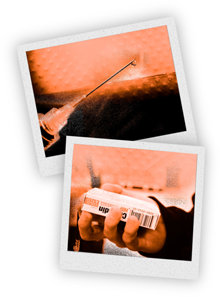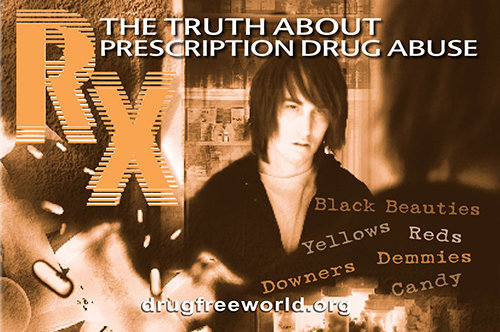Ketamine, categorised as a “dissociative anaesthetic,”1 is used in powdered or liquid form as an anaesthetic, usually on animals. It can be injected, consumed in drinks, snorted, or added to joints or cigarettes. Ketamine was placed on the list of controlled substances in the US in 1999.
Short- and long-term effects include increased heart rate and blood pressure, nausea, vomiting, numbness, depression, amnesia, hallucinations and potentially fatal respiratory problems. Ketamine users can also develop cravings for the drug. At high doses, users experience an effect referred to as “K-Hole,” an “out of body” or “near-death” experience.
Due to the detached, dreamlike state it creates, where the user finds it difficult to move, ketamine has been used as a “date-rape” drug.
In 2009, the UK charity DrugScope found that ketamine was increasingly replacing cocaine as the drug of choice among drug users in the UK. It was classified as a Class C2 drug in 2006, after being linked to 23 deaths in the previous 13 years.












































